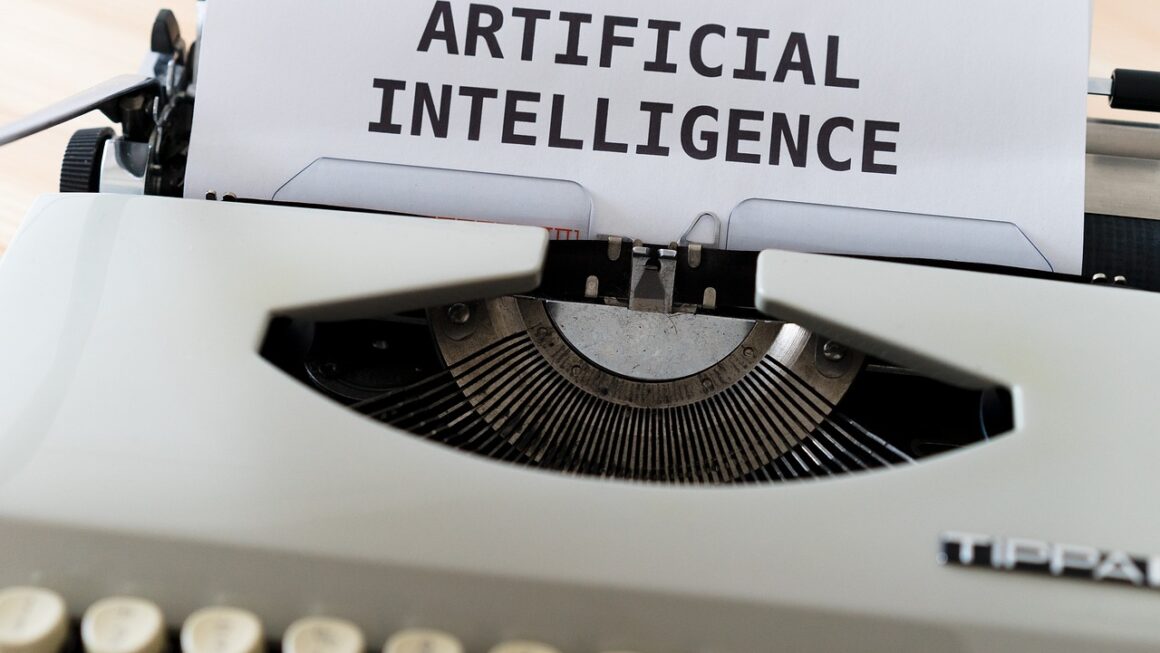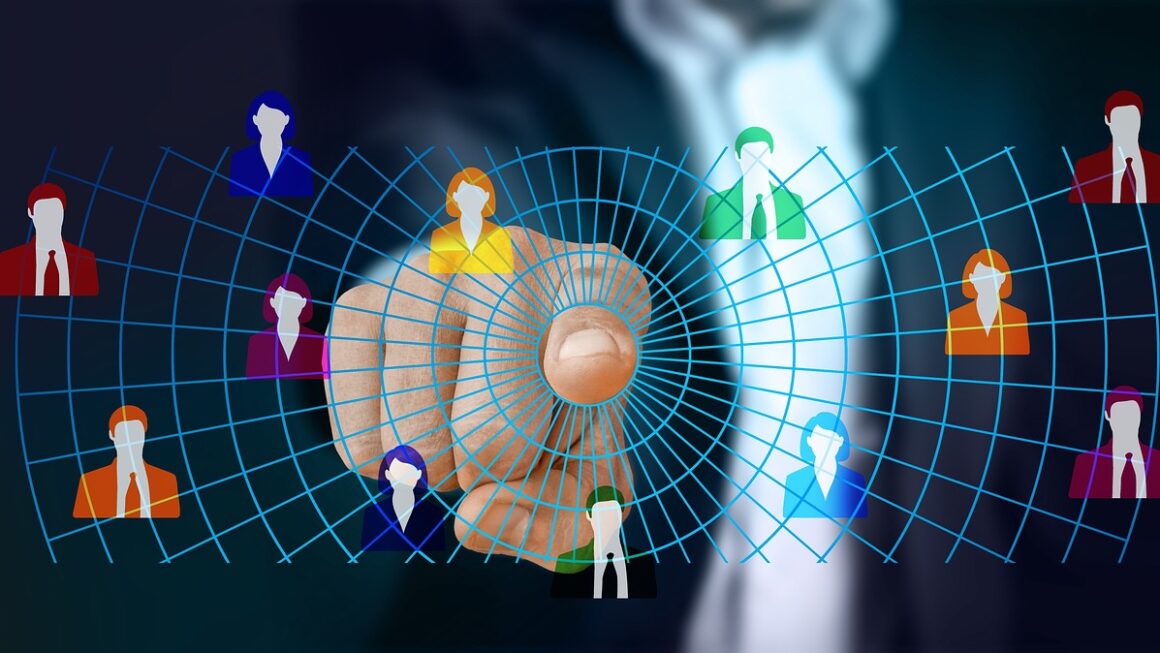AI is rapidly transforming industries, promising increased efficiency and innovative solutions. However, this technological revolution also raises critical questions about fairness. If AI systems are trained on biased data or designed without careful consideration of ethical implications, they can perpetuate and even amplify existing societal inequalities. Understanding and addressing AI fairness is no longer optional – it’s a crucial imperative for building responsible and beneficial AI applications.
What is AI Fairness?
Defining Fairness in the Context of AI
AI fairness, at its core, is about ensuring that AI systems do not unfairly discriminate against individuals or groups based on protected characteristics like race, gender, religion, or sexual orientation. This doesn’t necessarily mean achieving identical outcomes for all groups, but rather minimizing unjustified disparities and mitigating harm. It’s important to understand that fairness is not a monolithic concept; its definition can vary depending on the specific application and societal context. There are multiple mathematical definitions of fairness, each with its own strengths and weaknesses. Some common metrics include:
- Statistical Parity: Ensuring that different groups have the same acceptance rate or positive prediction rate.
- Equal Opportunity: Ensuring that different groups have the same true positive rate (ability to correctly identify members of that group who meet a certain criteria).
- Predictive Parity: Ensuring that different groups have the same positive predictive value (the proportion of positive predictions that are actually correct).
Why is AI Fairness Important?
The consequences of unfair AI systems can be severe, ranging from denial of opportunities to reinforcement of harmful stereotypes. Failing to address fairness can lead to:
- Reputational Damage: Organizations deploying unfair AI systems risk public backlash and loss of trust.
- Legal and Regulatory Consequences: Increasingly, regulations are being introduced to address algorithmic bias and promote fairness.
- Ethical Concerns: Unfair AI systems can perpetuate and exacerbate existing societal inequalities.
- Suboptimal Outcomes: Bias can lead to inaccurate predictions and poor decision-making.
- Erosion of Trust: Individuals and communities affected by unfair AI systems may lose trust in technology.
- Example: Imagine an AI-powered loan application system that is trained on historical data reflecting past discriminatory lending practices. If left unchecked, this system could perpetuate those biases, unfairly denying loans to qualified applicants from marginalized communities.
Sources of Bias in AI
Data Bias
The data used to train AI models is a primary source of bias. If the data is not representative of the population it is intended to serve, the model will likely produce biased results.
- Historical Bias: Bias reflected in past decisions or societal structures that are present in the training data.
- Sampling Bias: Bias introduced when the training data does not accurately represent the population. For example, if a facial recognition system is trained primarily on images of white faces, it may perform poorly on faces of other ethnicities.
- Measurement Bias: Bias arising from how data is collected or labeled. For instance, if a job performance dataset contains biased performance reviews, the resulting AI model may perpetuate those biases.
Algorithmic Bias
Even with unbiased data, bias can creep in through the design of the algorithm itself.
- Feature Selection Bias: Bias introduced when certain features are chosen as inputs to the model, while others are excluded.
- Model Selection Bias: Bias resulting from choosing a model architecture that is inherently biased towards certain groups.
- Optimization Bias: Bias arising during the model training process, where the model is optimized to perform well on the majority group, potentially at the expense of accuracy for minority groups.
Human Bias
Human decisions at every stage of the AI lifecycle can introduce bias, from data collection and labeling to model design and deployment.
- Cognitive Biases: Unconscious biases held by data scientists and engineers that can influence their decisions.
- Confirmation Bias: The tendency to seek out or interpret information that confirms pre-existing beliefs.
- Availability Heuristic: The tendency to rely on readily available information, which may not be representative of the entire population.
- Tip: Actively seek diverse perspectives and involve stakeholders from different backgrounds in the AI development process. This can help identify and mitigate potential sources of bias.
Mitigating AI Bias: A Practical Approach
Data Auditing and Preprocessing
- Thoroughly audit training data: Identify and address potential sources of bias in the data.
- Data Augmentation: Expand the training dataset with diverse examples to improve representation.
- Data Re-weighting: Assign different weights to different data points to compensate for imbalances.
- Fair Data Collection: Implement fair data collection practices to avoid creating biased datasets.
- Use proxy variables with caution: Recognize that seemingly neutral variables can act as proxies for protected attributes and contribute to unfairness.
Algorithmic Debiasing Techniques
- Pre-processing techniques: Modify the training data to remove discriminatory information before training the model.
- In-processing techniques: Modify the learning algorithm to explicitly optimize for fairness during training. For example, adding fairness constraints to the optimization objective.
- Post-processing techniques: Adjust the model’s output after training to improve fairness.
- Explainable AI (XAI): Use XAI techniques to understand how the model makes decisions and identify potential sources of bias.
Model Evaluation and Monitoring
- Use multiple fairness metrics: Evaluate the model’s performance using a variety of fairness metrics to get a comprehensive understanding of its impact on different groups.
- Monitor model performance over time: Regularly monitor the model’s performance for signs of bias drift. Bias drift occurs when the model’s performance degrades over time due to changes in the underlying data or environment.
- Implement feedback loops: Collect feedback from users and stakeholders to identify and address potential fairness issues.
- Example: An AI hiring tool might be debiased by removing gendered pronouns from resumes before feeding them to the model or by using an in-processing technique that penalizes the model for making predictions that correlate with gender.
Tools and Resources for AI Fairness
Open Source Libraries
Several open-source libraries are available to help developers assess and mitigate bias in AI systems:
- AI Fairness 360 (AIF360): A comprehensive toolkit developed by IBM for detecting and mitigating algorithmic bias.
- Fairlearn: A Python package developed by Microsoft that provides tools for fairness assessment and mitigation.
- Responsible AI Toolbox: An open-source toolkit, created by Microsoft, bringing together components to build responsible AI systems.
Cloud-Based Services
Cloud providers offer services to help developers build fairer AI systems:
- Google Cloud AI Platform: Provides tools for data analysis, model training, and deployment, including features for fairness assessment.
- Amazon SageMaker: Offers services for building, training, and deploying machine learning models, with features for bias detection and mitigation.
- Azure Machine Learning: Provides a platform for building and deploying machine learning models, including tools for fairness assessment and responsible AI development.
Ethical Guidelines and Frameworks
- IEEE Ethically Aligned Design: A framework for designing and developing ethical AI systems.
- EU AI Act: Proposed regulation that aims to establish a legal framework for trustworthy AI in the European Union.
- NIST AI Risk Management Framework: Provides guidance on managing risks associated with AI systems, including fairness risks.
- Tip: Leverage available tools and resources to streamline the process of assessing and mitigating bias in your AI systems.
Conclusion
Addressing AI fairness is a complex but essential undertaking. By understanding the sources of bias, implementing mitigation techniques, and continuously monitoring AI systems, we can work towards building AI that is not only powerful but also just and equitable. Proactive engagement with AI fairness considerations is not just a matter of ethics, but also a key factor in ensuring the long-term success and trustworthiness of AI technology. Remember that fairness is an ongoing process, requiring continuous vigilance and adaptation as AI systems evolve and are deployed in new contexts.




